How much is 1 kilo of catfish in Ghana?
Worried about catfish prices in Ghana? Unsure if farming is profitable? I'll break down the costs and market for you.
The price of 1kg of catfish in Ghana can vary, generally ranging from GHS 25 to GHS 40 for live fish, depending on location, season, and seller. Processed or smoked catfish will cost more.
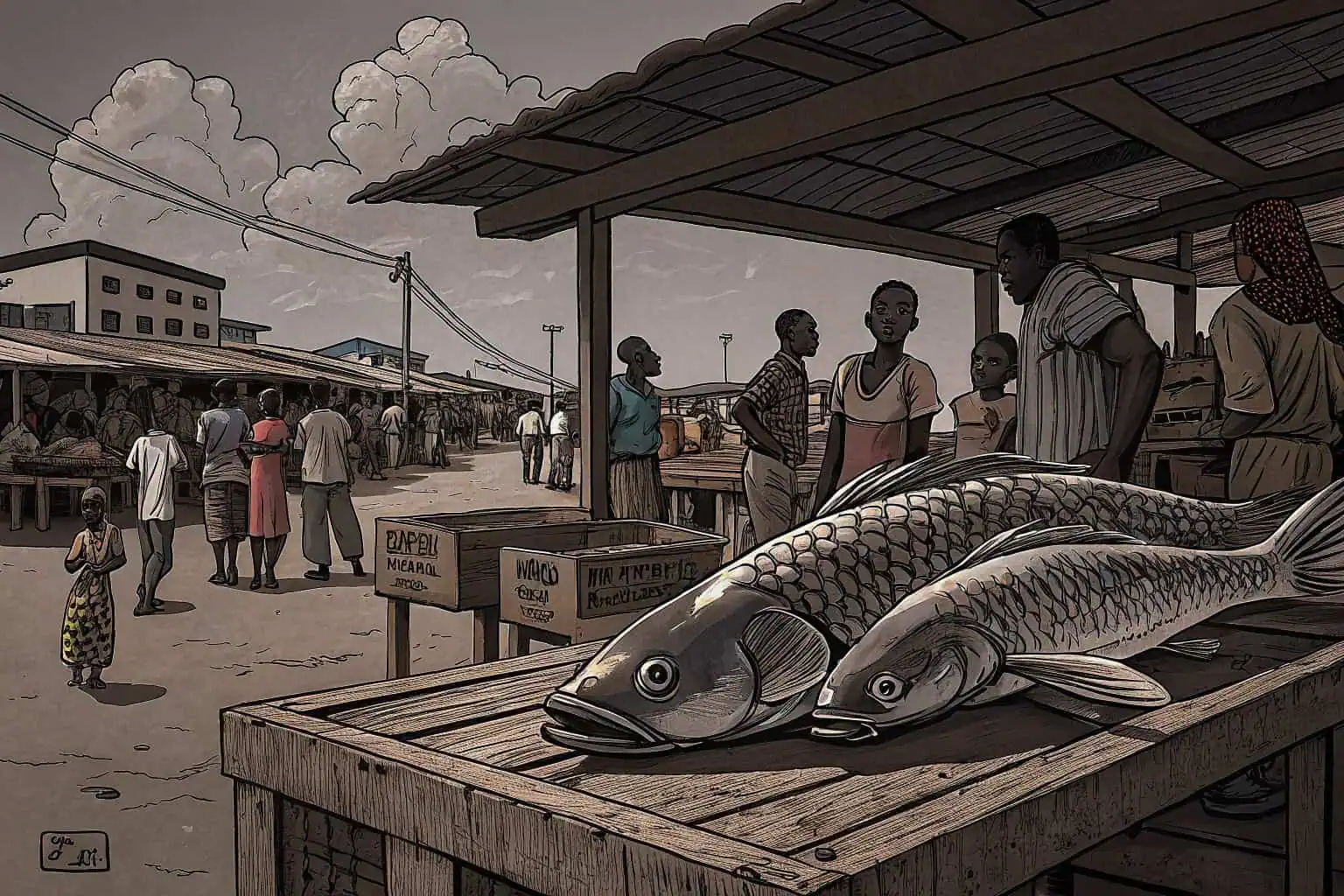
Understanding catfish pricing is key for anyone in or entering the industry. Let's explore what drives these costs and the potential for profit in Ghana's vibrant aquaculture sector. I've seen many changes over the years, and I'm here to share what I've learned.
What is the price of 1Kg catfish in Ghana?
Trying to pin down the exact price of catfish? It fluctuates, but knowing the range helps plan your venture or purchase.
Currently, 1kg of live catfish in Ghana typically sells for between GHS 25 and GHS 40. Factors like farm location, fish size, and market demand influence this price significantly.
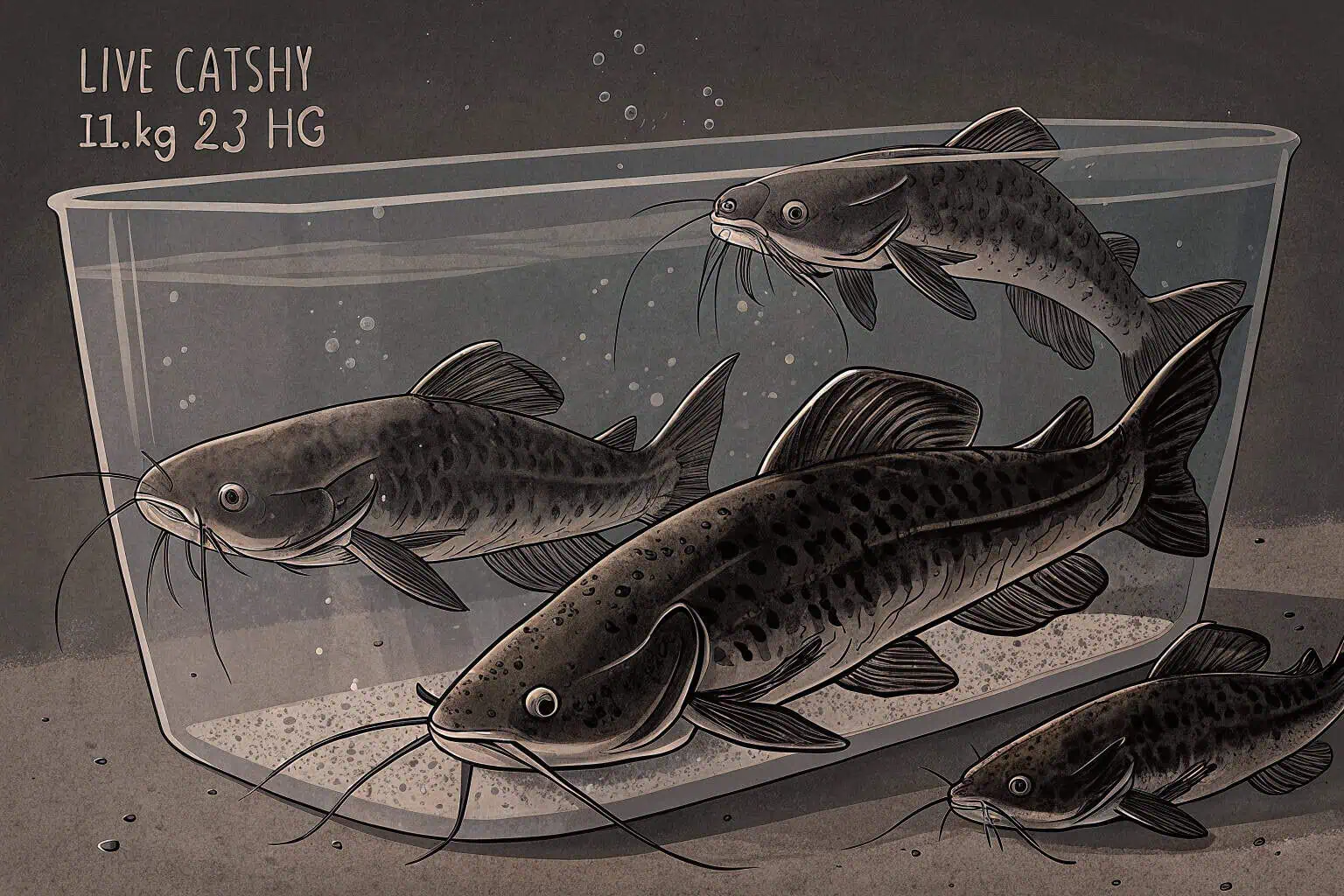
When I first started looking into catfish, the price variations1 were confusing. It's not just about the fish itself; where you buy it and when makes a big difference. For instance, prices in Accra might be higher than in more rural, fish-farming areas. Also, during festive seasons, demand can push prices up. I always advise people to check with local farms2 or markets for the most current rates. It's also worth noting that buying directly from a farm can sometimes get you a better deal than from a middleman. Remember, this price is usually for live, unprocessed fish.
Factors Influencing Catfish Price
Several things can change how much you pay for catfish. It's not a fixed number.
| Factor | Impact on Price |
|---|---|
| Location3 | Prices higher in cities, lower near farms. |
| Seasonality4 | Prices may rise during high demand periods. |
| Fish Size5 | Larger, table-sized fish often cost more per kg. |
| Seller Type | Direct from farm vs. market retailer can vary. |
| Input Costs | High feed costs can push farm gate prices up. |
Regional Price Differences
I've noticed that if you're in a region with many fish farms6, like parts of the Volta or Ashanti regions, you might find slightly lower prices due to local supply. Conversely, in areas further from production hubs, transport costs get added, increasing the price you pay. This is a simple supply and demand reality I've observed consistently.
How much does it cost to feed 1000 catfish in Ghana?
Concerned about the biggest expense in catfish farming? Feed costs can be high, but understanding them is crucial for success.
Feeding 1000 catfish in Ghana until they reach market size (around 1kg) can cost between GHS 3,500 and GHS 7,000, largely depending on feed type, quality, and management practices.
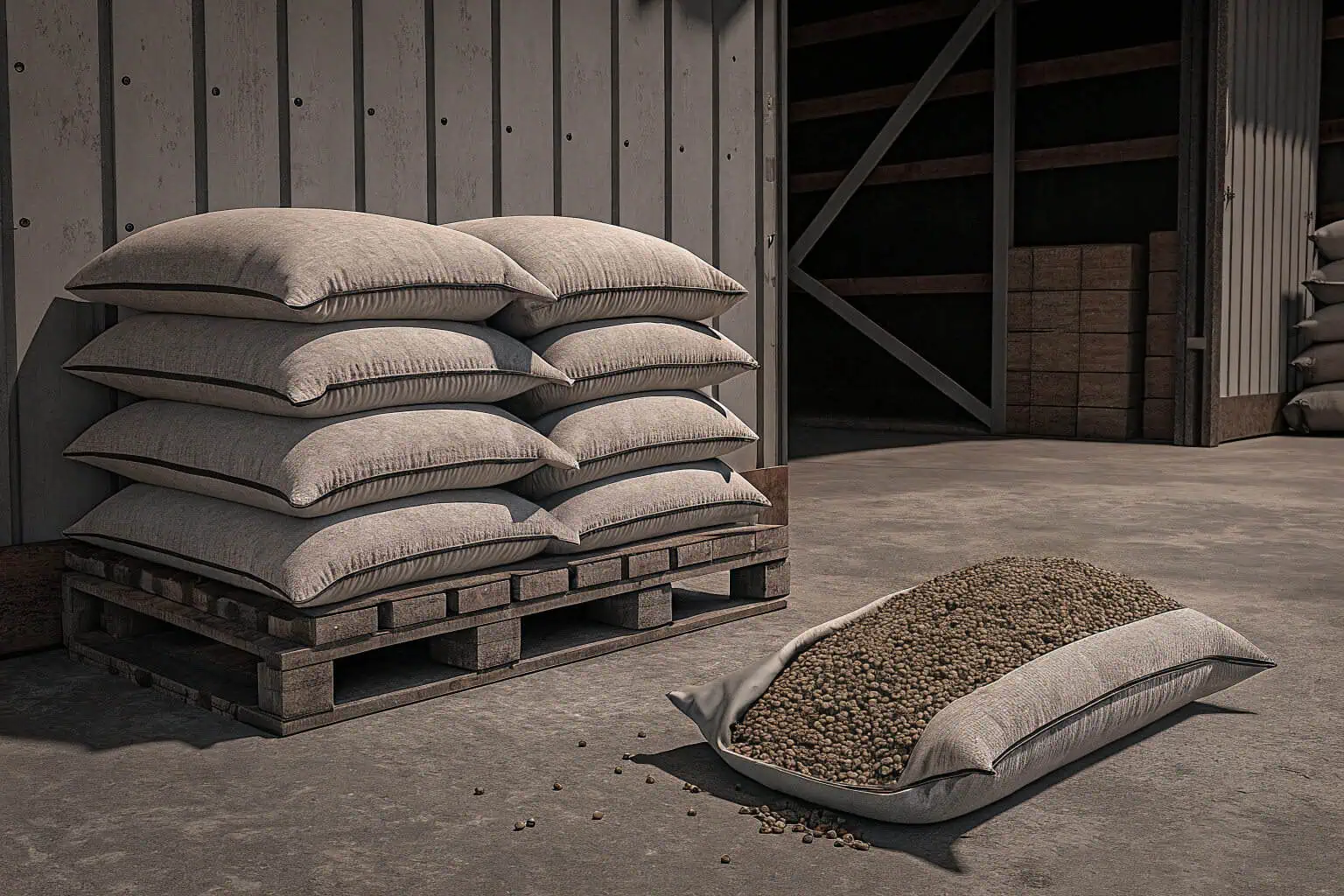
From my experience, feed is the single largest operational cost, often accounting for 60-70% of total expenses. When I talk to aspiring farmers, I always stress the importance of budgeting for feed. The type of feed you choose – whether imported or locally produced, floating or sinking pellets – will significantly impact this cost. Imported feeds are generally more expensive but can sometimes offer better growth rates if the quality is high. Local feeds can be cheaper, but it's vital to ensure they meet the nutritional requirements of the catfish7. I've seen farmers try to cut corners on feed, and it almost always leads to slower growth and lower overall profitability. Good feeding practices, like not overfeeding and ensuring water quality, also play a role in feed conversion efficiency8, which directly impacts cost.
Breakdown of Feeding Costs
To understand the total, we need to look at a few things. Catfish need different types of feed as they grow.
| Stage | Feed Type | Duration (Approx.) | Estimated Cost per Fish (GHS) |
|---|---|---|---|
| Fingerlings | Starter Feed (High Protein)9 | 4-6 Weeks | 1.00 - 2.00 |
| Juveniles | Grower Feed10 | 8-12 Weeks | 2.00 - 3.50 |
| Grow-out | Finisher Feed11 | 8-10 Weeks | 2.50 - 4.00 |
Note: These are estimates and can vary widely.
Tips for Managing Feed Costs
I've learned a few tricks to keep feed costs manageable. Firstly, sourcing good quality local feed can be a game-changer. Secondly, proper storage of feed12 is essential to prevent spoilage. Thirdly, adopting good feeding techniques, such as feeding at optimal times and in appropriate quantities, minimizes waste. Some farmers I know are also exploring alternative protein sources to supplement commercial feeds, though this requires careful research to ensure balanced nutrition.
How much is a smoked catfish in Ghana?
Wondering about the price of a local delicacy? Smoked catfish is popular, and its price reflects the value added through processing.
A piece of smoked catfish in Ghana can cost anywhere from GHS 10 to GHS 50 or more, depending on its size, the smoking method, and where it's sold. It's a value-added product.
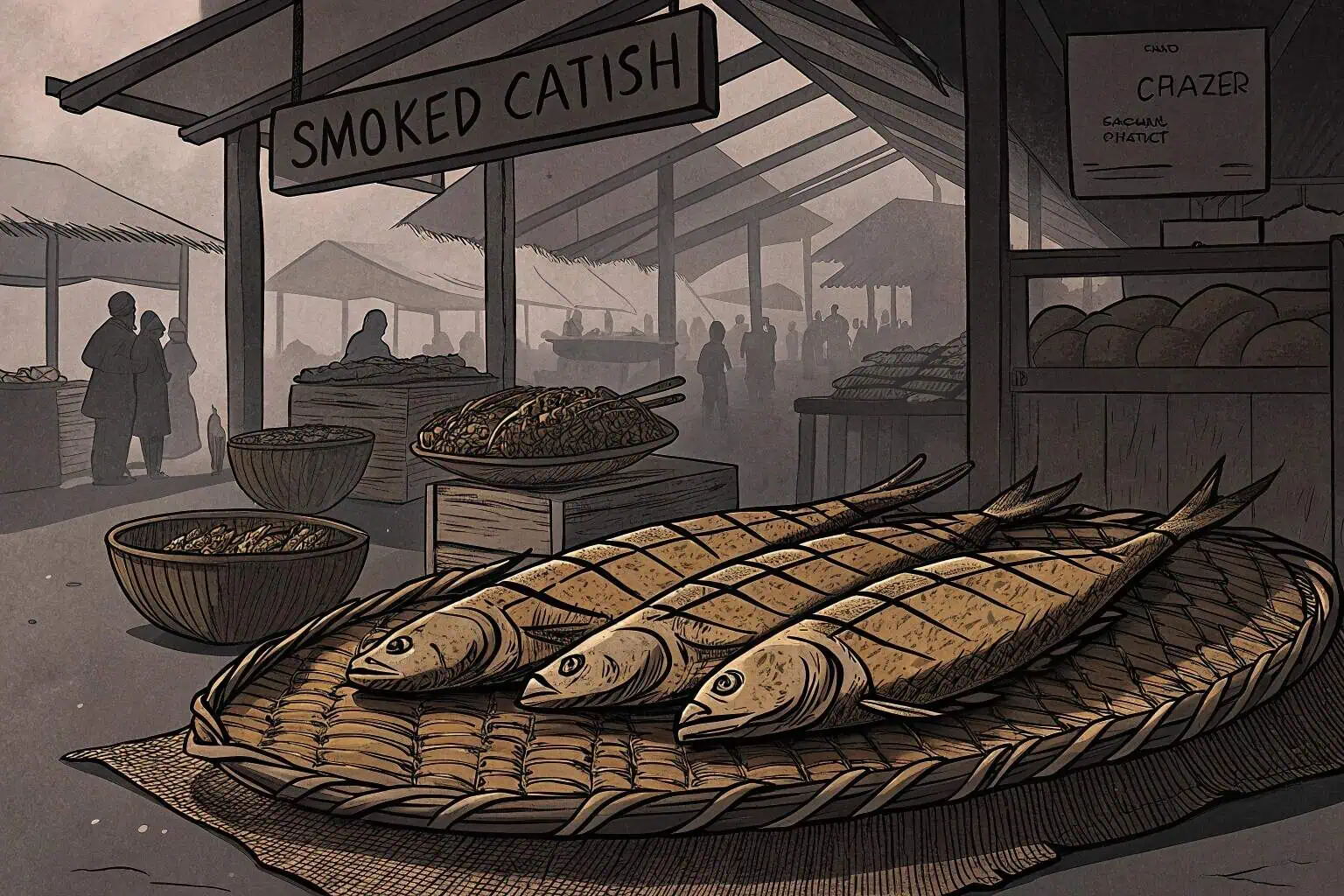
Smoked catfish13 holds a special place in Ghanaian cuisine, and I've seen its demand remain consistently strong. The smoking process not only preserves the fish but also imparts a unique flavor that people love. This value addition means it commands a higher price than fresh catfish. When I consider the pricing, I think about the labor involved in processing, the cost of firewood or smoking materials, and the weight loss that occurs during smoking. A large, well-smoked catfish sold in an urban market or a supermarket will naturally be more expensive than a smaller one bought directly from a processor in a fishing community. The packaging and presentation also play a role in the final retail price. For me, this is an area with good potential for farmers to increase their income by processing their own fish.
Factors Affecting Smoked Catfish Price
Several elements determine the final price tag on smoked catfish.
| Factor | Impact on Price |
|---|---|
| Size of Fish14 | Larger smoked fish cost significantly more. |
| Smoking Quality15 | Well-smoked, appealing fish fetch higher prices. |
| Market Location16 | Urban markets and supermarkets have higher prices. |
| Packaging | Attractive packaging can add to the cost. |
| Seasonality | Demand can increase prices during festive periods. |
The Appeal of Smoked Catfish
Why is smoked catfish so popular? From what I've seen, it's not just the taste. It's a convenient source of protein that stores well without refrigeration, which is a big plus in many areas. It's a staple in many traditional Ghanaian dishes17, like soups and stews. This cultural significance ensures a steady market. I believe that improving smoking techniques18 to ensure consistent quality and exploring better packaging can further enhance the value of smoked catfish.
Is catfish farming profitable in Ghana?
Thinking of investing in catfish farming? Profitability is possible, but it depends on careful planning and efficient management.
Yes, catfish farming can be profitable in Ghana if managed well. Key factors include controlling feed costs, good husbandry practices, and access to markets. It requires dedication.
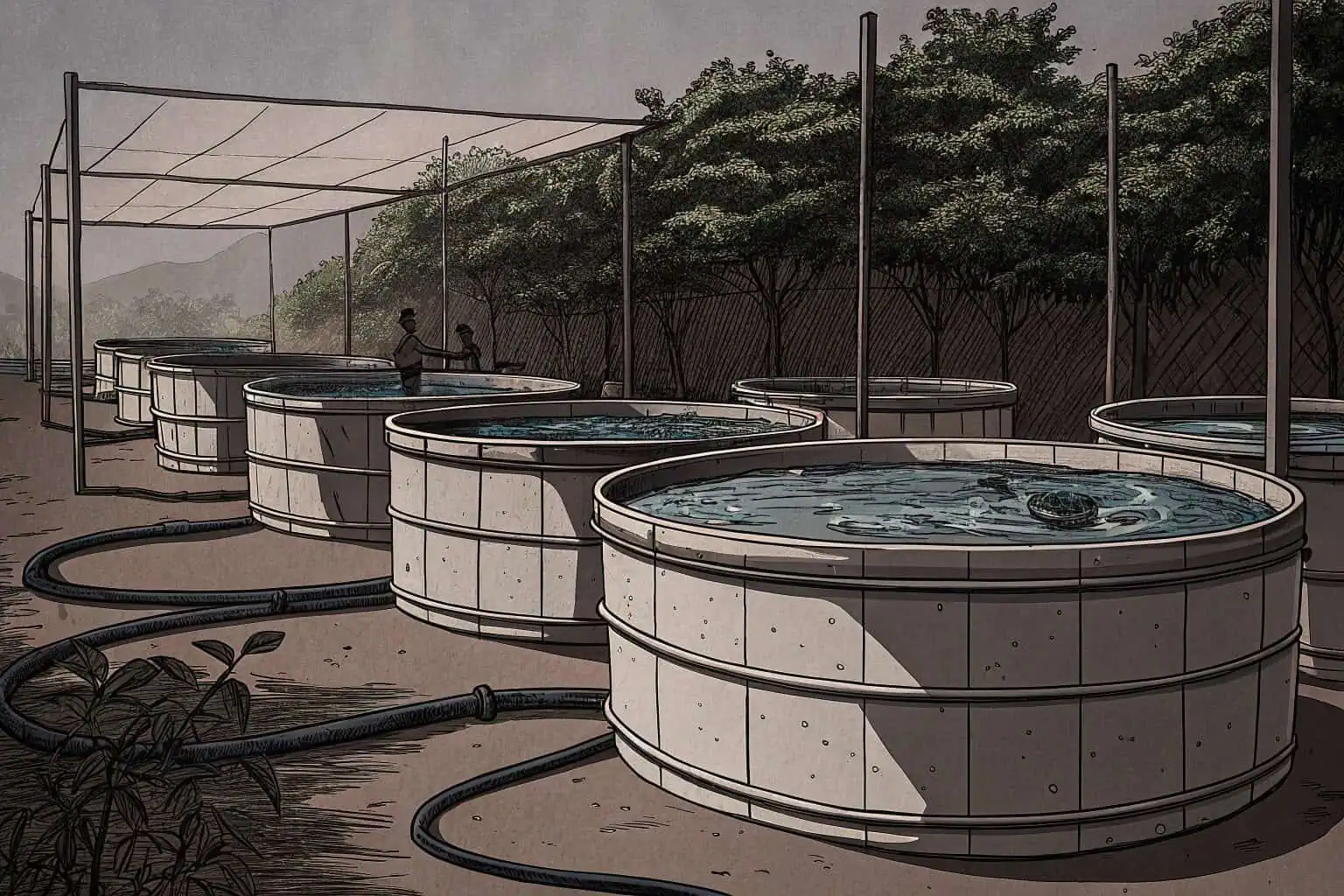
I've seen many people succeed in catfish farming here, but I've also seen some struggle. The potential for profit is definitely there, especially with the strong local demand for catfish, both fresh and smoked. However, it's not a get-rich-quick scheme. As I mentioned, feed costs are a major challenge. Disease outbreaks can also wipe out profits if not managed proactively. Access to reliable water sources and good quality fingerlings are other important considerations. Those who do well are usually the ones who do their homework, invest in good infrastructure (like our Bancy collapsible fish tanks, which are great for starting out or expanding), and pay close attention to the day-to-day management of their farm. There's also growing interest in exporting catfish19, which could open up new, more lucrative markets for Ghanaian farmers. The government has also shown support for the aquaculture sector, which is encouraging.
Key Drivers of Profitability
To make money in this business, you need to focus on a few core areas.
| Driver | Importance |
|---|---|
| Feed Management20 | Controlling the largest cost component is crucial. |
| Water Quality | Essential for fish health and growth. |
| Disease Prevention21 | Proactive measures save stock and money. |
| Market Access | Reliable buyers and fair prices are key. |
| Scale of Operation | Larger, well-managed farms often achieve better economies of scale. |
| Value Addition | Smoking or other processing can significantly increase profit margins. |
Challenges to Consider
While the prospects are good, I always advise newcomers to be aware of the hurdles. Access to affordable, high-quality feed22 remains a big one. Technical knowledge is also important; understanding fish biology and best farming practices can make a huge difference. Market price fluctuations can also impact profitability, so having a good sales strategy is important. Despite these challenges, with the right approach and support from companies like ours offering durable and customizable fish tanks, I believe the future of catfish farming in Ghana is bright.
Conclusion
Catfish farming in Ghana offers good opportunities but requires careful cost management, especially for feed, and smart market strategies to ensure profitability for dedicated farmers.
-
Understanding price variations can help you make informed decisions when purchasing catfish, ensuring you get the best deal. ↩
-
Exploring local farms can lead to fresher options and potentially lower prices, enhancing your catfish buying experience. ↩
-
Understanding the impact of location on fish prices can help consumers make informed purchasing decisions. ↩
-
Exploring seasonality's effect on fish prices can guide buyers on when to purchase for the best deals. ↩
-
Learning about how fish size affects pricing can help consumers choose the best value for their needs. ↩
-
Exploring this resource will provide insights into how fish farms influence local economies and pricing. ↩
-
Meeting the nutritional needs of catfish is essential for growth and profitability. This link will provide valuable insights into proper feeding. ↩
-
Improving feed conversion efficiency can significantly reduce costs and increase profits. Discover effective strategies through this resource. ↩
-
Explore this link to understand the benefits and nutritional value of high protein starter feeds for fish. ↩
-
Learn about Grower Feed and its importance in the growth stages of fish farming for optimal health and growth. ↩
-
Discover how Finisher Feed contributes to the final growth phase of fish, ensuring quality and market readiness. ↩
-
Learn about effective storage methods to maintain feed quality and reduce waste, ensuring your livestock get the best nutrition. ↩
-
Explore the unique flavors and preservation benefits of smoked catfish, a staple in Ghanaian cuisine that enhances culinary experiences. ↩
-
Understanding how size affects pricing can help consumers make informed purchasing decisions. ↩
-
Exploring this can reveal why some smoked fish are priced higher than others, enhancing your buying choices. ↩
-
This insight can help you find the best deals and understand regional pricing strategies. ↩
-
Discover the rich culinary heritage of Ghana and how smoked catfish plays a vital role in its traditional dishes. ↩
-
Learn about advanced smoking techniques that can improve the quality and flavor of smoked catfish, enhancing its market value. ↩
-
Discover the potential markets and benefits of exporting catfish, which can significantly enhance profitability for farmers. ↩
-
Understanding effective feed management can help optimize costs and improve fish health, leading to better profitability. ↩
-
Learning about disease prevention strategies can save your stock and money, ensuring a healthier and more profitable aquaculture business. ↩
-
Discover reliable suppliers and tips for sourcing quality feed to enhance your fish farming success. ↩